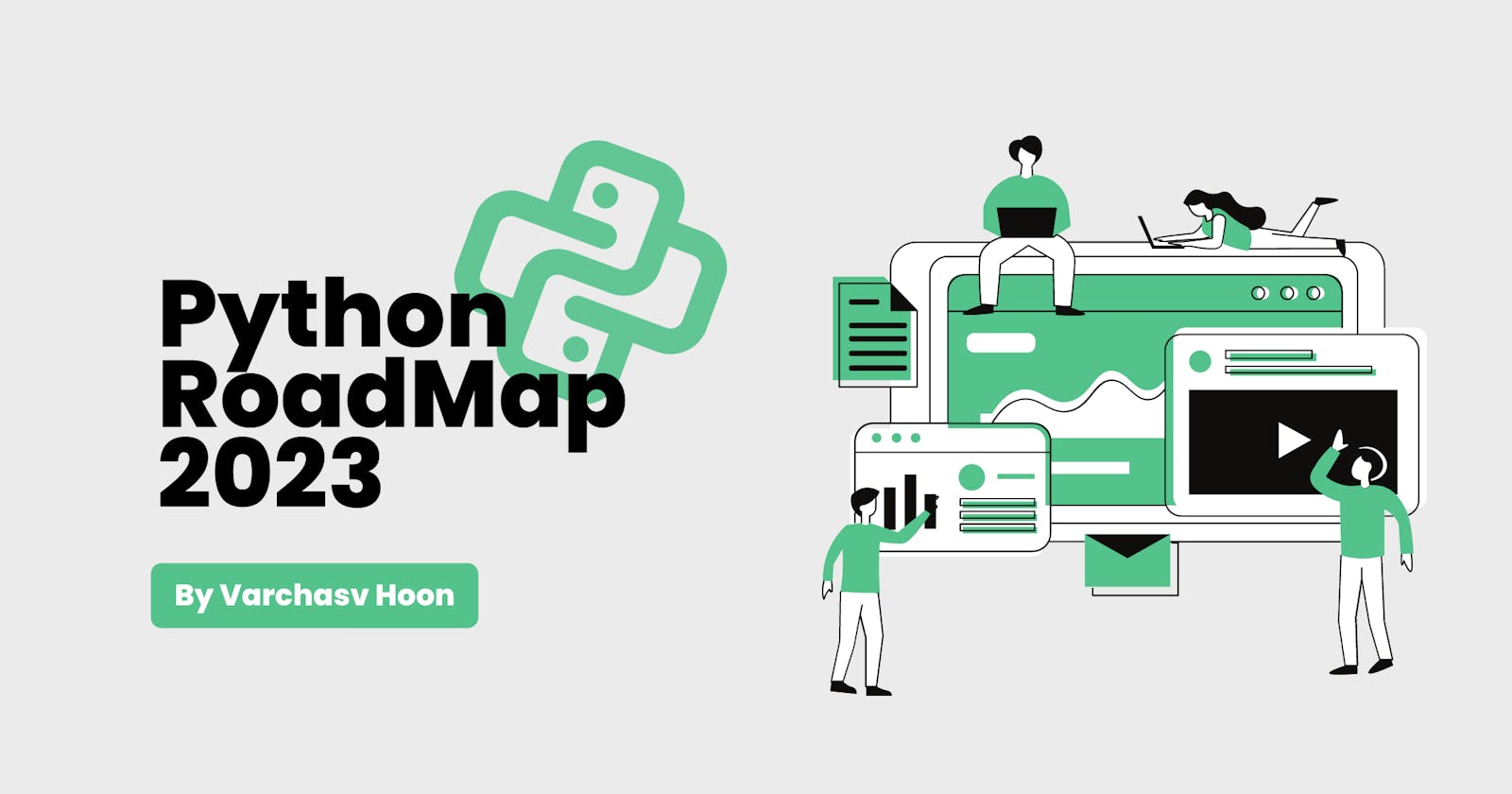Python is a powerful, versatile, and widely-used programming language that is perfect for beginners and experienced developers alike. Whether you're just getting started with coding or you're an experienced developer looking to take your skills to the next level, Python offers something for everyone.
In this blog, we'll be taking an in-depth look at the different aspects of Python and providing you with a comprehensive roadmap to help you navigate through the various stages of learning the language.
Installation ⬇️
The first step in learning Python would be installing it on your local system. You can download the installer from Python.org.
Make sure you select "Add Python to PATH" before starting your installation.
After the setup is completed you can verify if Python and Pip were installed by just typing Python and pip -V in your terminal.

Basics
It contains all the stuff that you need to learn to know the ins and outs of Python. These concepts form the building blocks for any Python program and without a solid understanding of them, it can be difficult to write efficient and well-structured code.
Syntax, Variables and Data types
Conditionals
Accepting user input, Strings & Typecasting
Looping
Functions and Exception Handling
Resources
OOPs
Object-Oriented Programming (OOP) is a programming paradigm that is based on the concept of "objects", which can be used to model real-world entities. Python is an object-oriented programming language, which means it has built-in support for OOP concepts.
Classes and Objects
Encapsulation
Inheritance
Polymorphism
Abstraction
Resources
Data Structures and Algorithms (DSA) 🤯
DSA is an essential part of computer science and software engineering. They form the foundation of an efficient and well-designed software application.
Understanding and knowing how to implement various data structures and algorithms allows developers to make informed decisions on which data structure or algorithm to use in a given situation, leading to better performance and scalability of their software.
Arrays and Linked Lists
Heaps, Stacks and Queues
Hash Tables
Binary Search Trees
Resources
Frameworks
A Framework is a collection of modules, libraries, and tools that provide a structure for building software applications.
One of the main advantages is code reuse. Frameworks provide a set of pre-built components and libraries that can be reused in multiple parts of the application, reducing the amount of code that needs to be written and increasing development efficiency.
Resources (You can choose any one of them)
For Web Development
For Desktop Applications
For Data Analysis
For Machine Learning
What's Next? 🤔
I encourage you to take the knowledge you've gained here and apply it to real-world projects. Building your own projects will not only solidify your understanding of the language but also help you to develop your own unique style and skills.
Make your own Projects and upload them on GitHub and Keep Building.
Conclusion 😊
In conclusion, Python is a versatile and powerful programming language that can be used for a wide range of applications. I hope that this Python Roadmap blog has provided a clear and concise guide for learning Python, from the basics to advanced topics.
Remember that the key to becoming a proficient Python developer is consistent practice and experimentation.
Support me ~ If this blog post helped you in any way then be sure to like it and share it with your friends and subscribe to my Newsletter so that you don't miss my future blog posts.

